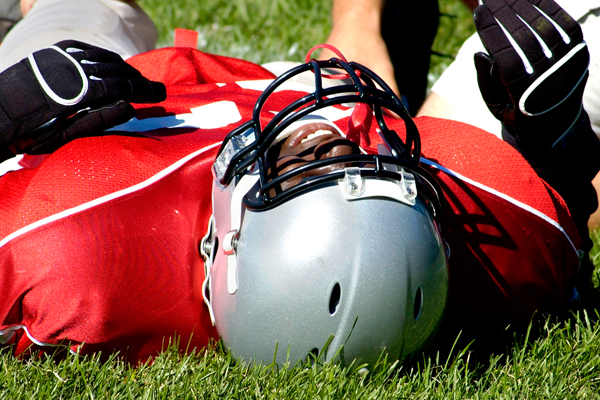
In our last blog, we defined and described signs, symptoms and initial evaluation of concussions. This month, we’ll talk about treatment, activity restrictions and prevention of head injuries. To summarize, concussion is a mild brain injury resulting from a sudden, significant force upon the head or upper body which results in headache and a variety of alterations in a person mental processing. A concussion is a clinical diagnosis. In other words, it is made based upon a history and examination. Sometimes a CT scan and other studies are necessary to rule out more serious conditions. It is important to understand that a concussion cannot be diagnosed by blood tests or identified on an x-ray, such as a CT scan.
Treatment:
- Concussions often don’t require specific treatments, other than occasional medication (preferably Tylenol) and anti-nausea medication during the initial phase.
- Most concussions will heal with rest, but it may take a few days to several weeks, depending on the severity. Some may experience symptoms lasting longer and require ongoing evaluations over several months. This is referred to as “post-concussion syndrome”.
- Alcohol should be avoided until symptoms have completely resolved.
Restrictions:
- A question everyone wants to know is when can the athlete safely return to sports? There is no one single answer to this question, but generally this decision is made after the patient recovers to the point where their symptoms have resolved AND they have had an adequate follow up evaluation by their physician. This is referred to as medical clearance to return to sports, but may still include some activity restrictions to allow them to ease gradually back to normal activity. These similar guidelines apply to non-athletes as well, such as returning to normal school and work activity.
Prevention:
- Wear a helmet when riding a bicycle or motorcycle, skate boarding or roller blading.
- Wear a seat belt when driving or riding in a motor vehicle.
- Adequate supervision and coaching during play and athletic completion.
Finally, be aware that persons who sustain repeated concussion injuries pose a higher risk for chronic headaches, difficulty with thought processes and could experience life-term negative impacts. If you suspect a blow to the body or head has caused a concussion, see a physician for an evaluation, treatment and follow up.
Dr. Brian Cote’, FACEP